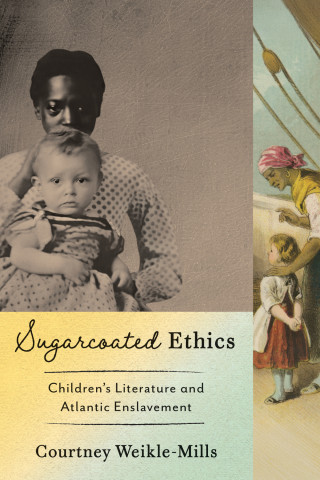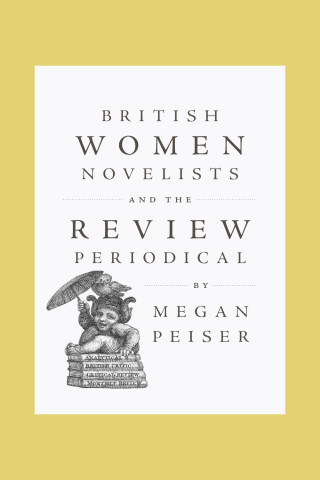
Reviews
Easterlin gives full-scale and valuable accounts of exemplary works.
Easterlin offers scholars much food for thought.
Easterlin has produced a masterful work that will guide a great deal of future work in and around these literary fields.
This engaged and thoughtful book contributes vitally to current thinking about the place of science, particularly cognitive studies and evolutionary psychology, in the study of literature. Easterlin's principles and critical practice achieve luminous clarity in her reading of Wordsworth.
There is much to admire in Easterlin’s extraordinary synthesis of biocultural literary approaches; anyone working in the field as student or researcher will get a great deal of intellectual stimulation from her text.
A thoughtful, authoritative, original work, striking out in a new direction that takes up several leading modes of inquiry along evolutionary and cognitive theoretical lines but arrives at a productive synthetic position of its own.
Book Details
Preface
1. Literature, Science, and Biocultural Interpretation
Literature and Science?
The Emergence of "English" and the Two Cultures
What Is Consilience?
The "Unimaginable Complexity" of Interpretation
Th
Preface
1. Literature, Science, and Biocultural Interpretation
Literature and Science?
The Emergence of "English" and the Two Cultures
What Is Consilience?
The "Unimaginable Complexity" of Interpretation
The Centrality of Interpretation: Glimpsing Knowledge
Are Art and Literature Adaptations?
What Is Literature For?
2. "It Is No Tale": Narrative, Aesthetics, and Ideology
Aesthetics under the Sign of Ideology
Narrative Knowing and Epistemic Constraints
Cognition, Modernization, and Aesthetic Transformation
Unknowing the Narrative Habit: Wordsworthian Configurations
Mary Robinson's Lyrical Tale
3. Minding Ecocriticism: Human Wayfinders and Natural Places
Mental Maps for Critical Footpaths
Constructing Minds
Constructing Environment
Constructing Place
Literary Constructions of Nature, Place, and Environment
No Place: Wide Sargasso Sea and Psychic Displacement
4. Remembering the Body: Feelings, Concepts, Process
Cognitivism in the Matrix of Experience
Multiple Cognitions
From Cognitive Rhetoric to Conceptual Blending
Cognition, Consciousness, and the Modern Mind
In the Literary Matrix: Cognitive Ecological Process
Vines and Vipers: Re-regulation in Coleridge's "Dejection"
Shrinking the Self: "I Could See the Smallest Things"
5. Endangered Daughters: Sex, Mating, and Power in Darwinian Feminist Perspective
The Emergence of Darwinian Literary Criticism
Whose Life History?
Wuthering Heights and the Social Emotions
Inbreeding Depression and Romantic Incest
Mating Strategies, Monogamy, and Sexual Equality
Quarry or Wife? The Proprietary Male and Relational Possibility in The Fox
Notes
Bibliography
Index





